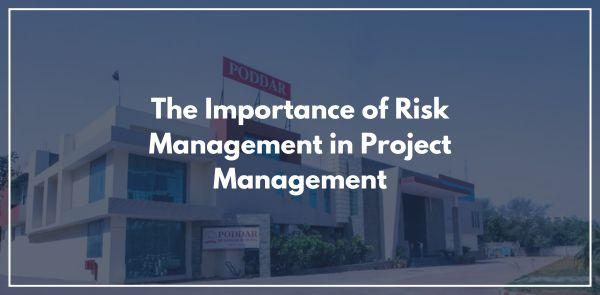
Introduction: Project management is a critical discipline that ensures the successful planning, execution, and completion of projects within an organization. Among its various aspects, risk management plays a vital role in minimizing uncertainties and maximizing project success. Every project, regardless of its size or industry, faces potential risks that can impact timelines, budgets, and deliverables. Hence, effective risk management is essential for project managers to achieve their objectives efficiently.
Understanding Risk in Project Management Risk in project management refers to any uncertain event or condition that, if it occurs, can have a positive or negative impact on project goals. Risks can arise from internal factors such as resource constraints and team performance or external factors like economic conditions and regulatory changes. Identifying these risks at an early stage allows project managers to create strategies to mitigate them effectively.
Key Steps in Risk Management
- Risk Identification: Recognizing potential risks that could affect the project.
- Risk Assessment: Analyzing the probability and impact of each risk.
- Risk Prioritization: Classifying risks based on their severity.
- Risk Mitigation Planning: Developing strategies to minimize risks.
- Risk Monitoring and Control: Continuously tracking risks and updating plans accordingly.
Experiential Learning in Project Management Experiential learning is a hands-on approach that enables students and professionals to gain practical insights into project management. By engaging in real-world scenarios, simulations, and case studies, individuals develop a deeper understanding of risk management principles. Some effective experiential learning methods include:
- Case Studies: Analyzing past projects to understand risk factors and mitigation strategies.
- Simulations: Using software tools to experience project planning and risk assessment.
- Live Projects: Participating in actual projects to apply risk management techniques in real-time.
- Role-Playing Exercises: Practicing decision-making under risk conditions.
- Collaborative Learning: Working in teams to solve project-related challenges.
Benefits of Risk Management in Projects
- Enhances Project Success Rate: Identifying and addressing risks early reduces the chances of project failure.
- Optimizes Resource Allocation: Effective risk planning ensures better utilization of manpower, time, and finances.
- Reduces Uncertainty: Proactive risk management minimizes unexpected disruptions.
- Improves Decision-Making: Project managers can make informed decisions based on risk assessments.
- Ensures Compliance: Organizations can adhere to industry regulations and avoid legal complications.
Conclusion Risk management is an indispensable component of project planning and execution. By adopting a structured risk management approach and integrating experiential learning methods, project managers can anticipate challenges, develop contingency plans, and ensure project objectives are met efficiently. In today’s dynamic business environment, organizations that prioritize risk management gain a competitive edge, leading to sustained growth and success.
